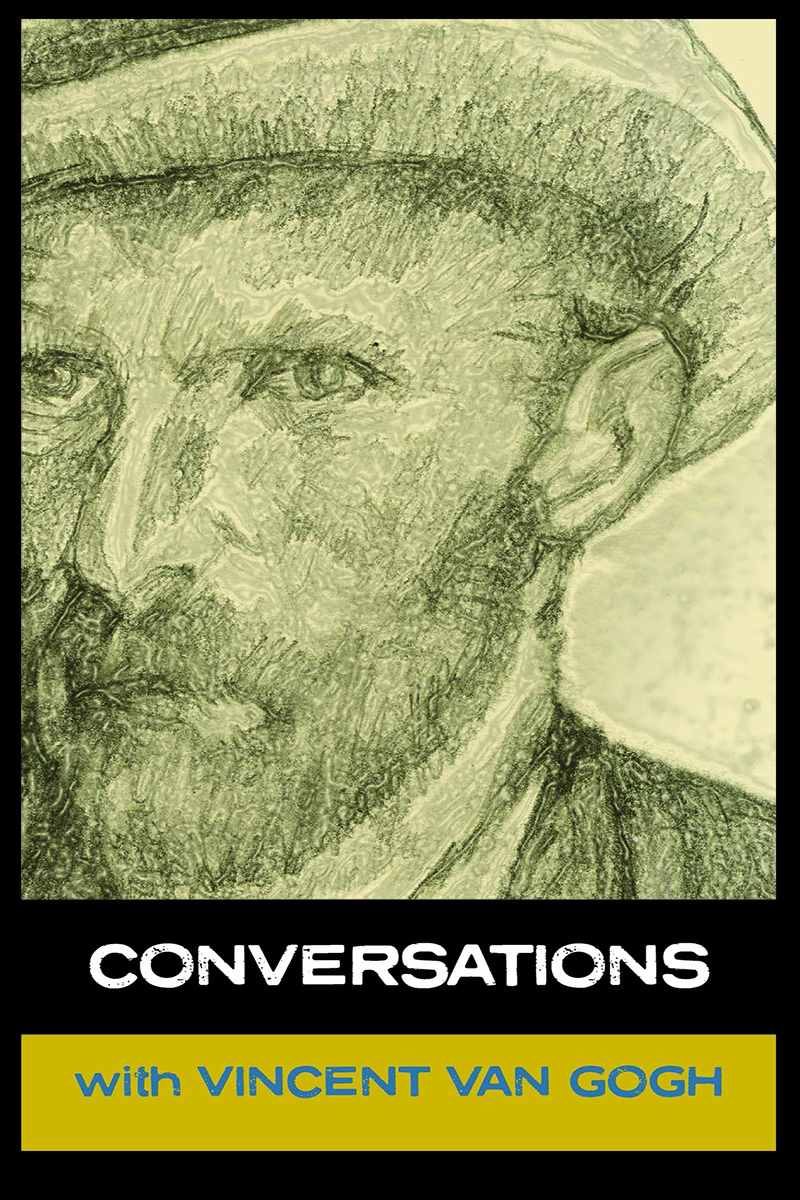Summary
It is possible Van Gogh sold a painting whilst alive. There is rumour of the dealer Pere Tanguy selling one for a few francs in Paris. But whether he did or he didn’t, throughout his life Vincent survived solely on the monthly cheques from his brother Theo.
Initially, his ambition was to be a draughtsman. He had come to painting late, and his sister always thought he should be a baker. But as his talent flowered, his commercial opportunities withered. As the art dealer Tersteeg often told Vincent, he wasn’t doing what people wanted, which is unfortunate if you’re freelance.
‘Money would not have been disagreeable at all,’ says Vincent with some understatement. ‘I shall count myself very happy if I manage to work enough to earn my living, for it makes me very worried when I tell myself that I’ve done so many paintings and drawings without ever selling any. Perhaps the time will come when my work will put some money in my pocket, which I’m badly in need of.’
After a fascinating stay in London, where he was first a school teacher and then an aspiring missionary, painting took over Vincent’s life, eventually taking him away from the cold winds of Holland to Paris, where he met the impressionist community. But it was only when he left there in some despair and travelled to Arles in the South of France that he truly came alive as a painter, living in the famous Yellow House. Here he found the sun; and here also the famous ear-cutting incident occurred, which took him for a while to a mental asylum.
‘I greatly enjoyed my conversation with Vincent,’ says Simon Parke. ‘And he made me laugh as often as he made me cry. His brother called him his own worst enemy, and he did always find relationships difficult. But whether he’s talking about his childhood, his love life, his mental state or colour, he’s never less than gripping. He was a man who felt a great sense of isolation in the world, a stranger on earth, and lived constantly with financial worries. But what beauty he drew out of himself; and what a good heart beat within.’
He shot himself aged 37. In his life, he quoted Palissy with approval: ‘Poverty prevents good minds succeeding.’ We understand; but of course Van Gogh didn’t paint with his mind.

